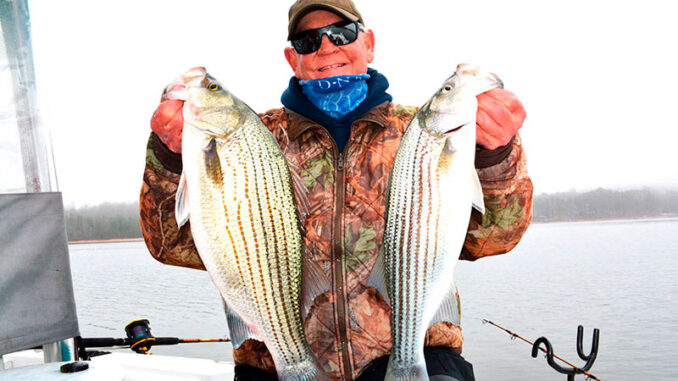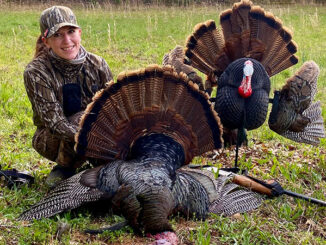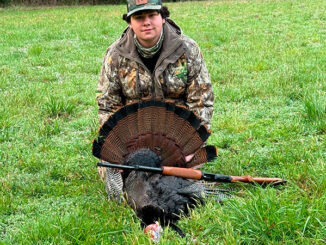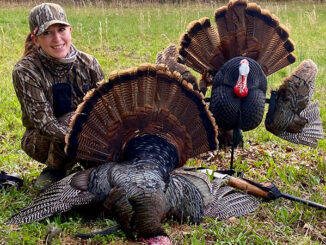
Trolling for winter stripers on Lake Hartwell



Jessica Poston killed a memorable gobbler during a quick hunt in South Carolina’s upstate. […]

Chase Heatherly harvested his first turkey during his very first turkey hunt. He shot the 20+ pound gobbler in Union County, SC. […]

Jessica Poston of Chesnee, SC bagged a gobbler during a quick but exciting hunt on April 2, 2024 in upstate, SC. […]
Copyright 1999 - 2024 Carolina Sportsman, Inc. All rights reserved.
Be the first to comment